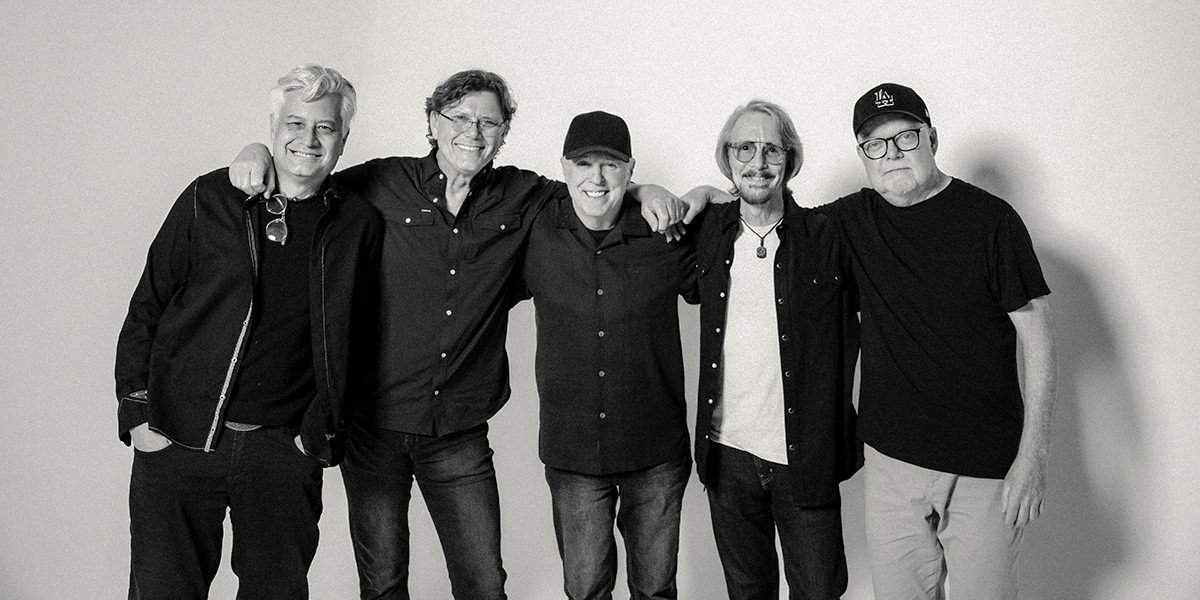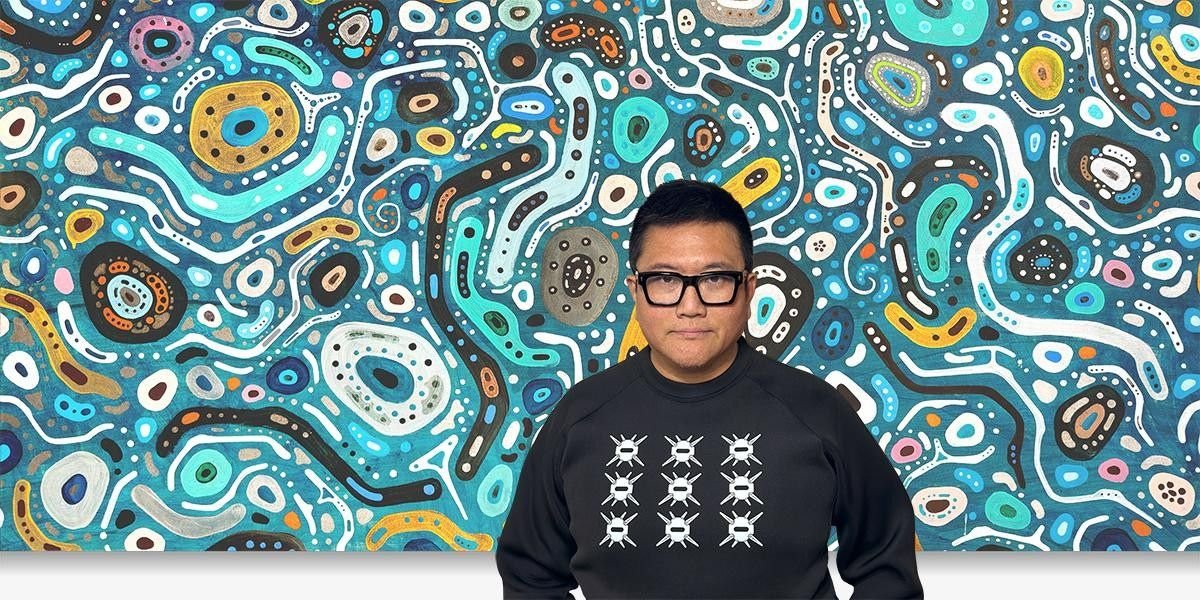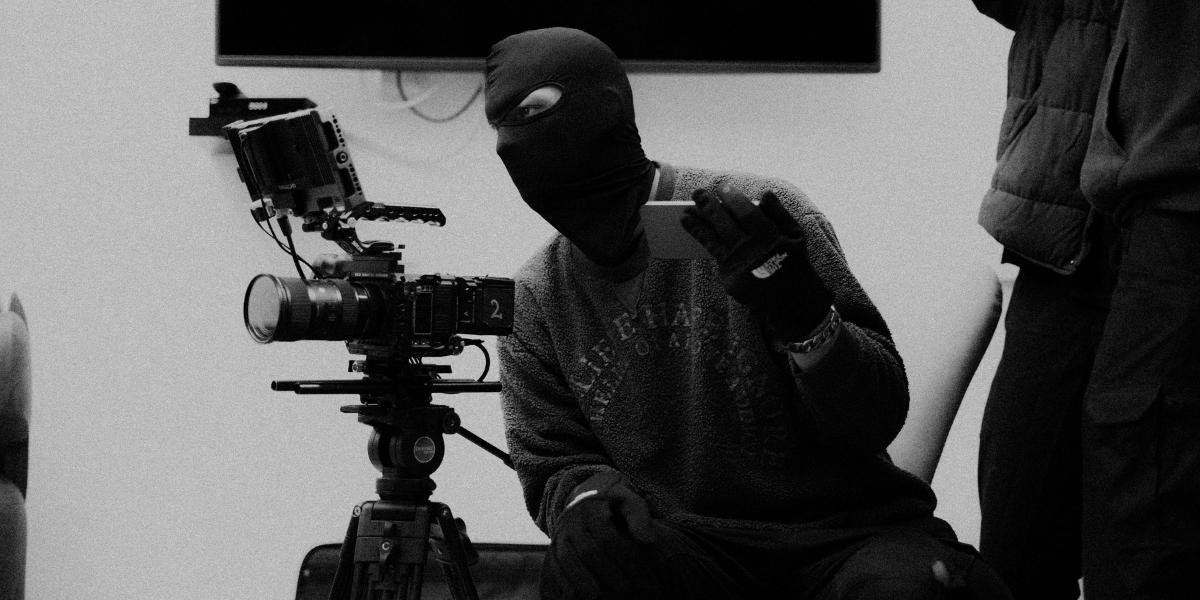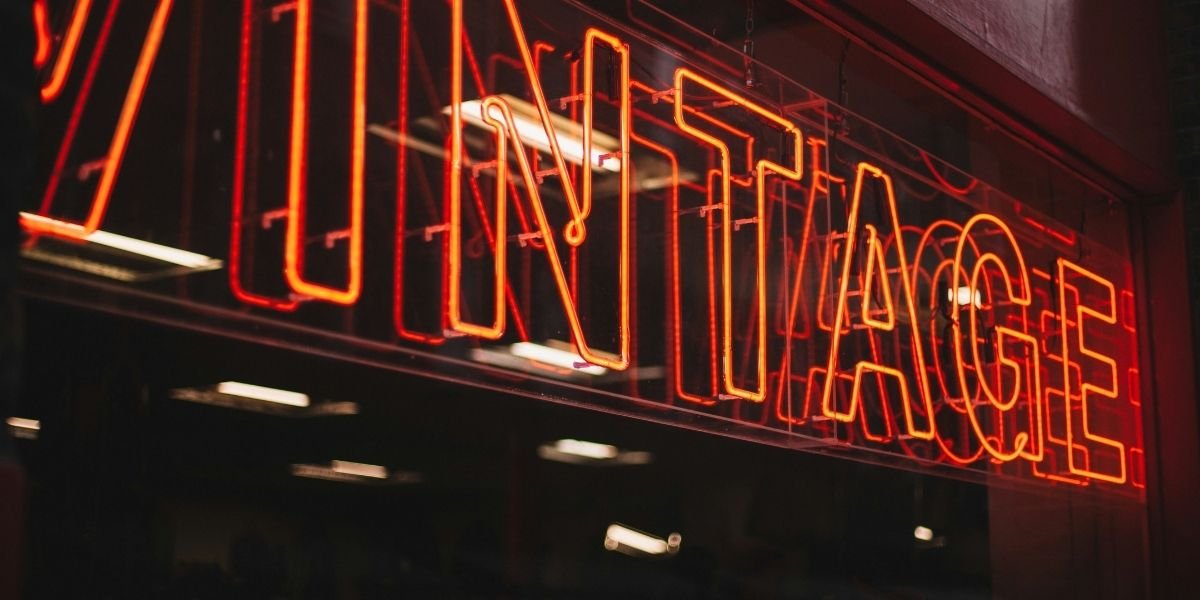John Mayer’s highly anticipated first-ever solo arena tour of North America began with a bang as he promised to showcase his musical talents in a new light. The tour featured Mayer playing predominantly acoustic guitar while also incorporating some piano and testing new compositions.
Fans knew Mayer would be using his collection of Martin acoustic guitars but were unaware of the exact models. Thus, Mayer caught everyone’s attention by using an ultra-rare double-neck Martin acoustic guitar with six- and 12-string fretboards to kick off the tour. This unique guitar added an element of excitement and anticipation to his already highly anticipated performances.
The Guitar in Action
The start of John Mayer’s solo arena tour was made extra noteworthy with an incredible rendition of Edge of Desire using Mayer’s ultra-rare double-neck Martin acoustic guitar. Starting with the six-string fretboard, Mayer flawlessly executed the song’s intricate finger exercise. At the 3:30 mark of the song, he transitioned to the 12-string fretboard, amplifying the volume and incorporating a rich chorus-like effect that can only be achieved by adding six extra strings.
The performance was a standout moment of the tour and highlighted Mayer’s exceptional guitar skills. By utilizing the unique features of his guitar, Mayer showed his versatility as a musician and captivated the audience with his talent.
The Specifics of the Guitar
In terms of guitar design, the Martin double-neck acoustic guitar is a rare masterpiece. Although there is no detailed information available about the specific model that John Mayer used during his solo arena tour, it appears to be the same guitar that Martin showcased back at NAMM 2010.
The guitar was built by Tim Teel and included several high-end features, such as pearloid inlays, a shared soundhole for the two necks, and a shared bridge. Despite its unique design and impressive features, the guitar never became a production model, making Mayer’s performance with it all the more special.
The Performance
John Mayer’s solo arena tour setlist included many of his most popular hits, such as Slow Dancing in a Burning Room, Stop This Train, Who Says, The Age of Worry, his live-only cut In Your Atmosphere, and his popular cover of Tom Petty’s Free Fallin’.
In addition to these fan favorites, Mayer also debuted a new song titled Driftin’, which showcased his exceptional guitar skills with a standard capo-equipped six-string Martin guitar. The performance was a testament to Mayer’s versatility as an artist and his ability to captivate audiences with his music.
Mayer’s Choice of Guitars
John Mayer’s choice of guitars during his recent performances has been noteworthy. In addition to the ultra-rare Martin double-neck acoustic guitar that he used during his solo arena tour, Mayer was also spotted wielding the Fender Jimi Hendrix Monterey Stratocaster during an appearance at the Love Rocks Benefits Concert.
This marked Mayer’s first blues trio show in six years, and the guitar choice served as a fitting tribute to the legendary Jimi Hendrix. Mayer’s selection of guitars demonstrates his appreciation for quality instruments and his willingness to experiment with different sounds and styles.
Final Thoughts
John Mayer’s solo arena tour showcased his exceptional guitar skills and versatility as a musician. His choice of guitars, including the ultra-rare Martin double-neck acoustic guitar and the Fender Jimi Hendrix Monterey Stratocaster, demonstrated his appreciation for quality instruments and his willingness to experiment with different sounds and styles. Overall, John Mayer’s solo arena tour was a testament to his talent as a musician and his ability to captivate audiences with his music.
Get the latest artist updates from Artist Weekly. We provide everything you need and want to know about your favorite artists in the music and movie industries. Check out our content today!















